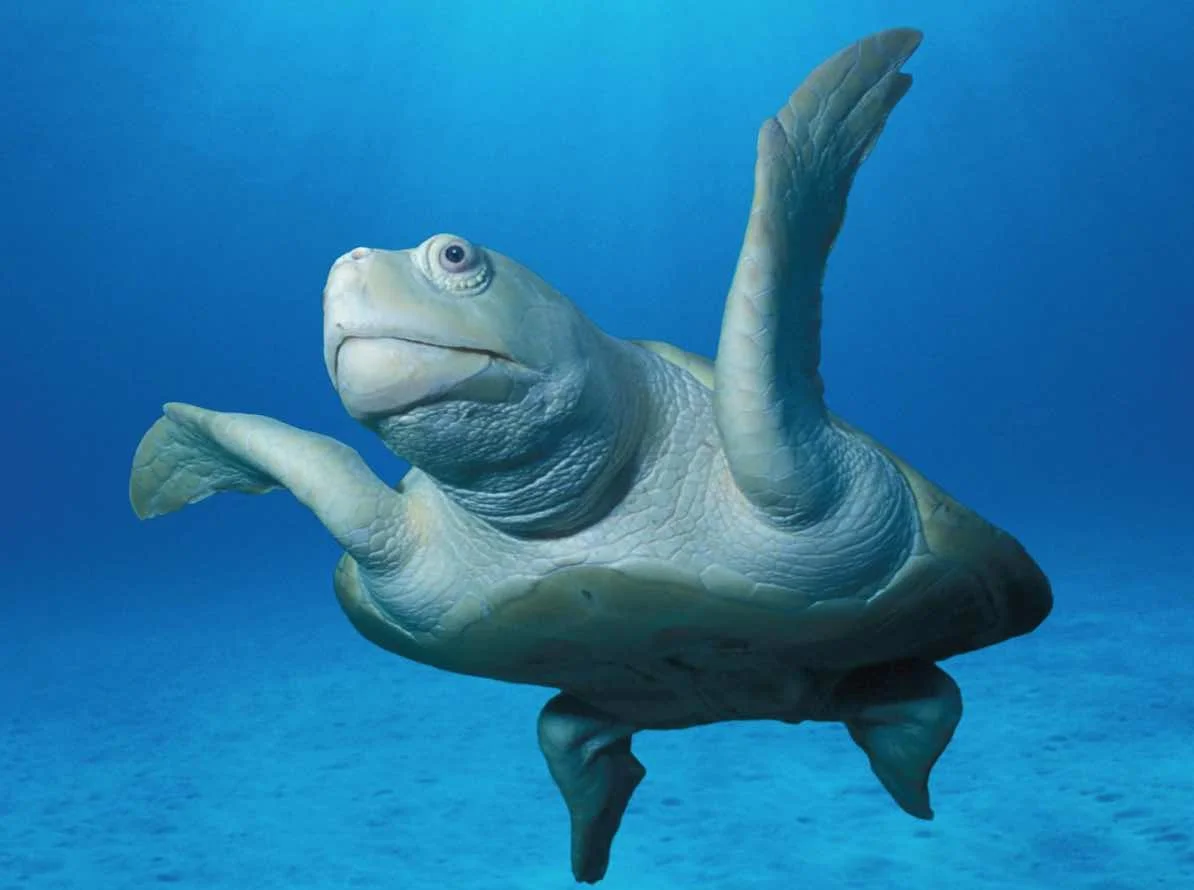A species being listed under the Endangered Species Act is like a patient being taken to a hospital emergency room. The patient has become so ill or has been so critically injured that immediate and serious action is necessary to ensure his or her survival. 6 species of sea turtle are listed under the ESA, which has many implications for their conservation.
Read MoreBaseline data on direct takes of turtles are vital for conservationists to measure their projects’ successes or failures and to help us avoid, or at least be aware of, shifting baselines, in which our perception of what is normal is influenced by what we have witnessed in our lifetimes. Having baseline data enables us to assess the impact of management strategies, conservation programs, or new policies and allows us to say with confidence: this is working, we are winning.
Read MoreA quick Web search for “sea turtle success stories” produces tens of thousands of results. But the query “Have we won?” has a more elusive response. For those engaging in sea turtle work, right off the mark things often get worse—sometimes much worse—before they get better.
Read MoreDuring the past three decades of Projeto Tamar’s work in Bahia, Brazil, the socioeconomics of northern Bahia have changed drastically. As these new threats emerged, Tamar has worked to inform government agencies and developers that a long-standing turtle population also occupied the beach.
Read MoreCabo Verde has a reputation in Africa for financial security and a stable and democratic government. However, the island nation has few resources beyond its excellent climate and incredible natural beauty. Given these attributes, tourism is an obvious choice for economic development, and plans have already been drawn up for each of the islands, focusing on sectors such as cultural, sun and sea, or nature-based tourism.
Read MoreThe coastline of Los Cabos is already highly developed, and coastal hotels and resorts have grown an additional 15 percent since 2009. While poaching and bycatch are significant threats to sea turtles in the region, coastal development and its impact on nesting beaches pose the greatest threats.
Read MoreOver the past six years, coastal tourism and real estate development in the Mediterranean have gained new momentum as drivers for economic recovery among countries hit by the economic crisis. This resurgence in coastal development is affecting loggerhead nesting sites.
Read MoreIn the realm of sea turtle conservation, private enterprise is rarely considered a lead player. At best, it fills a supporting role through corporate financing of conservation projects, but more often it plays the villain. Mexico needs tangible efforts that seek common ground between tourism and conservation sectors.
Read More







